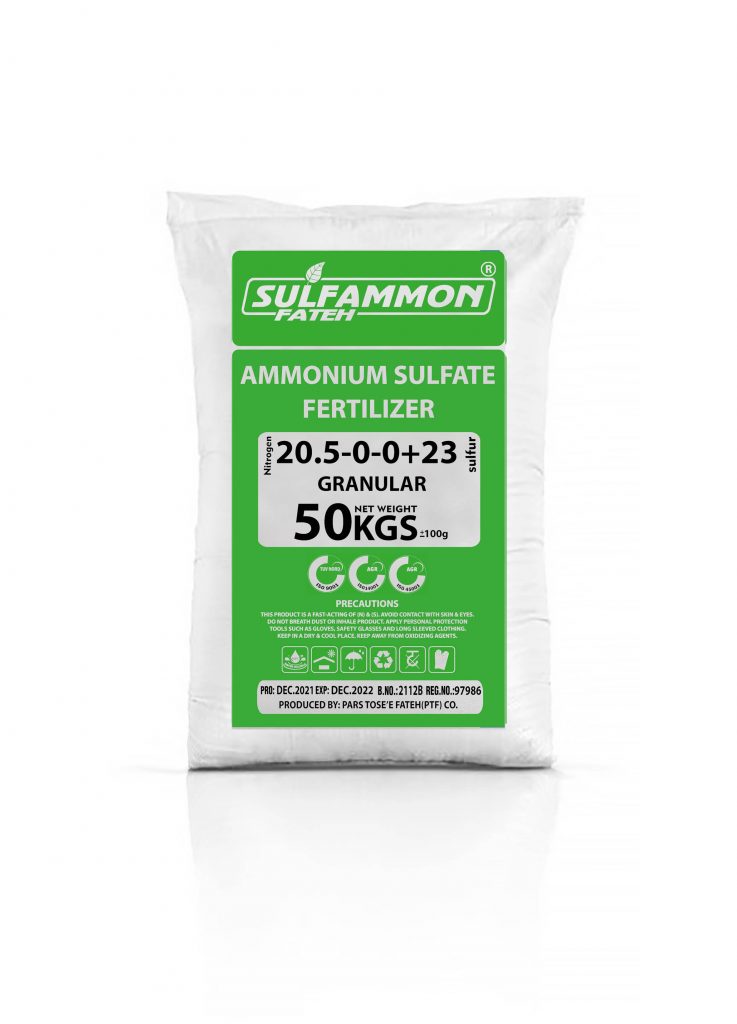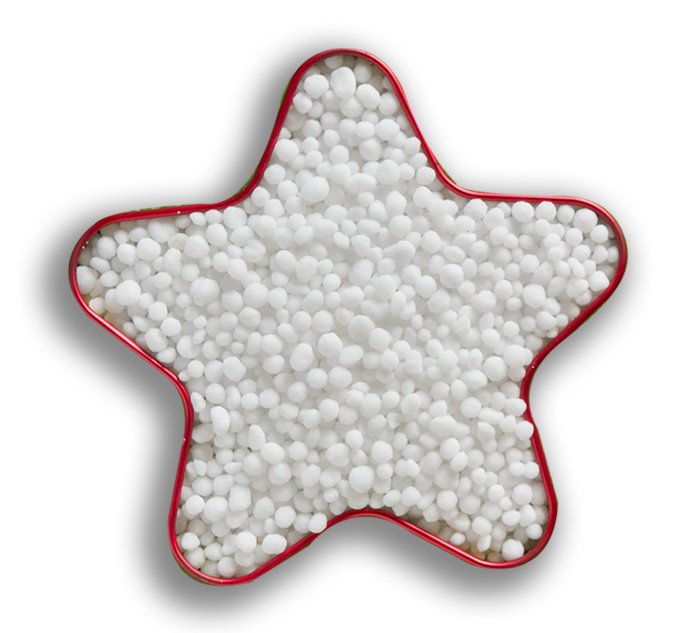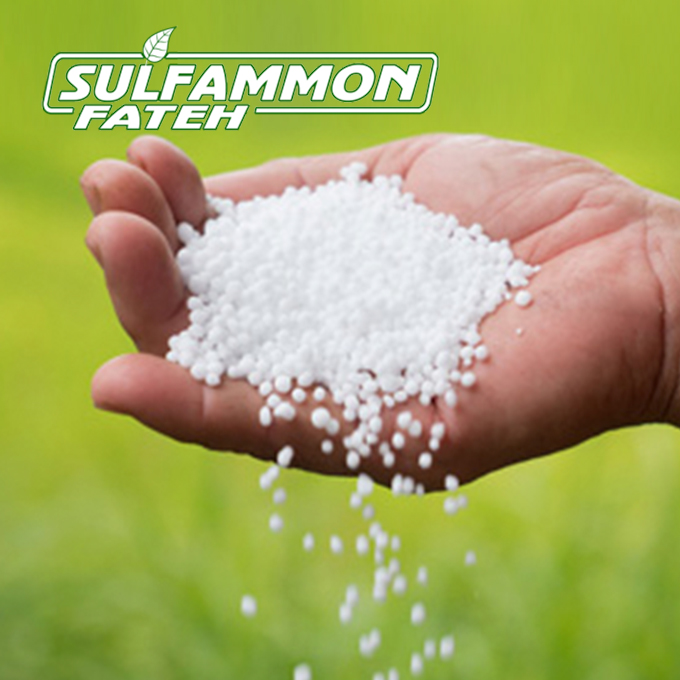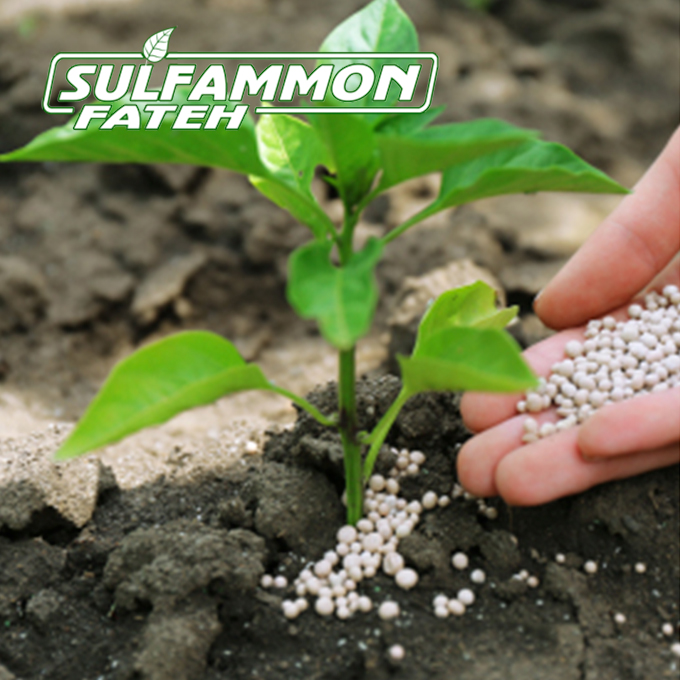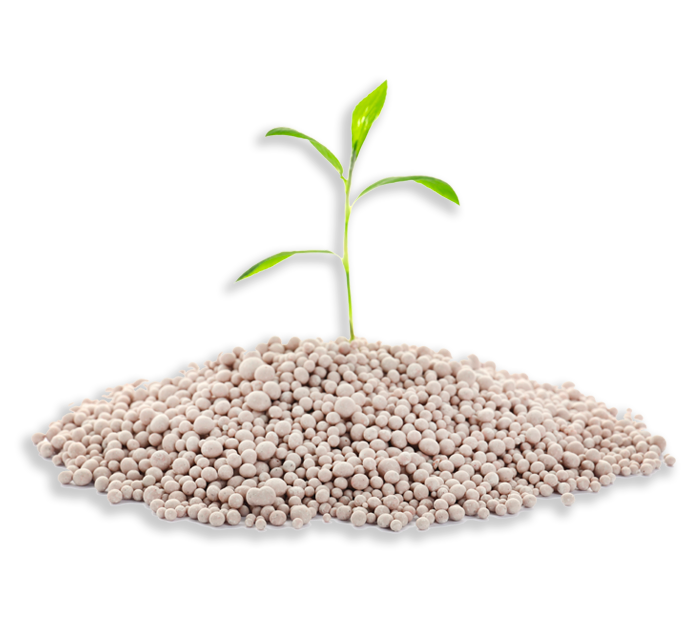
Functions and symptoms of nitrogen deficiency in plants
Nitrogen is often the most limiting factor in crop production. Nitrogen is needed by plants for the production of proteins, nucleic acids (DNA and RNA), and chlorophyll. As nitrogen enhances plant’s vegetative growth and consequently improves its yield, accordingly the more nitrogen is used by plants, by impacting on physiological processes, increases photosynthesis activities and produces more assimilate, biomass, and eventually yield. Abundant N supply increases the number of meristems produced by plants and their growth, thus encouraging shoot formation and growth in most plants. Arguably, this is the single most important process affected by N, for it is the way in which plants increase their competitive ability in vegetation and the number of fruits and seeds. Symptoms of N deficiency are general chlorosis of lower leaves (light green to yellow), stunted and slow growth, and necrosis of older leaves in severe cases. Research has shown that nitrogen deficiency reduces both leaf area and leaf N concentration, therefore reducing lightcapture and photosynthetic capacity. Furthermore, low biomass accumulation during the vegetative growth may also limit yield. N deficient plants will mature early and crop quality and yield are often reduced.


